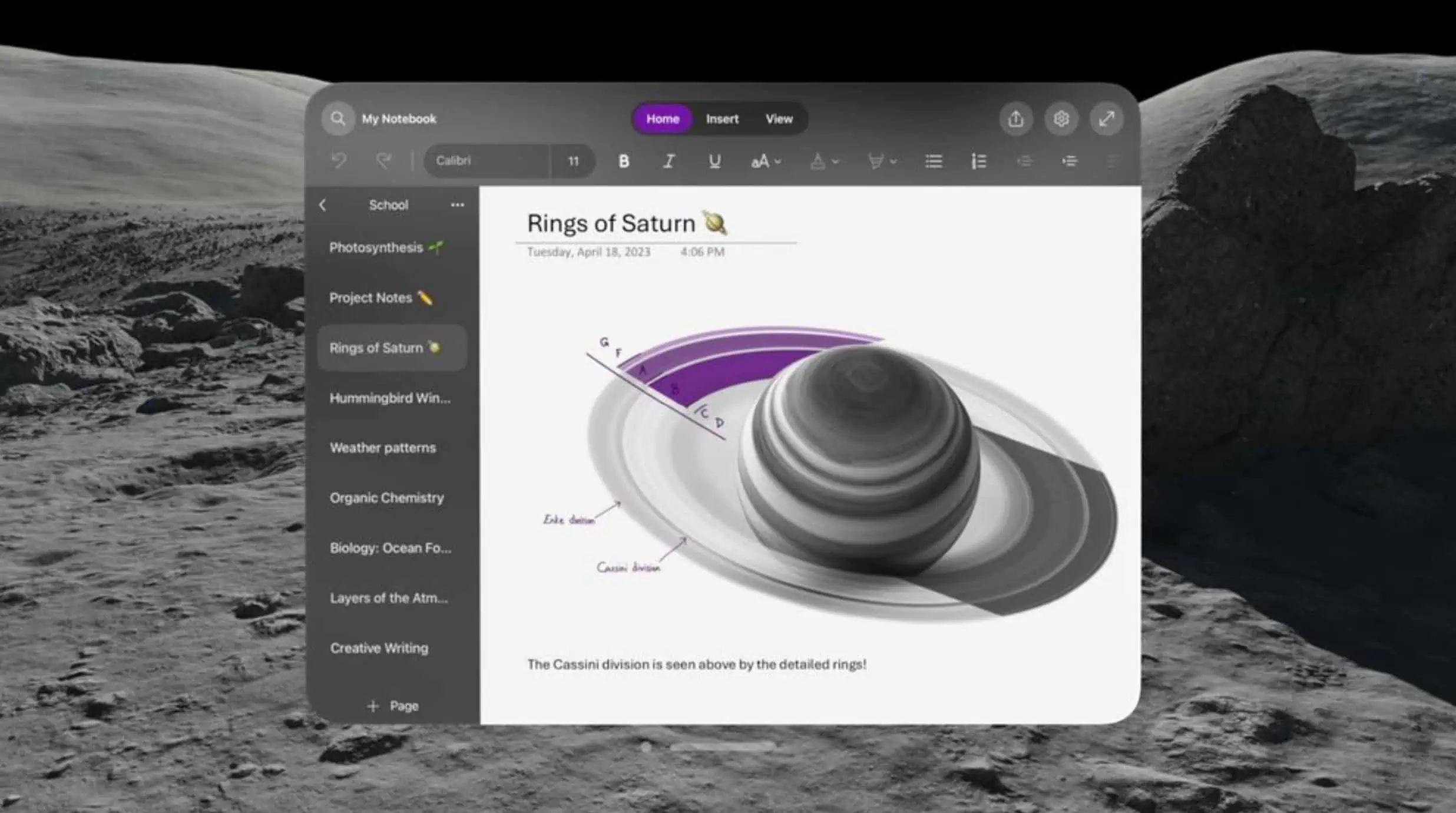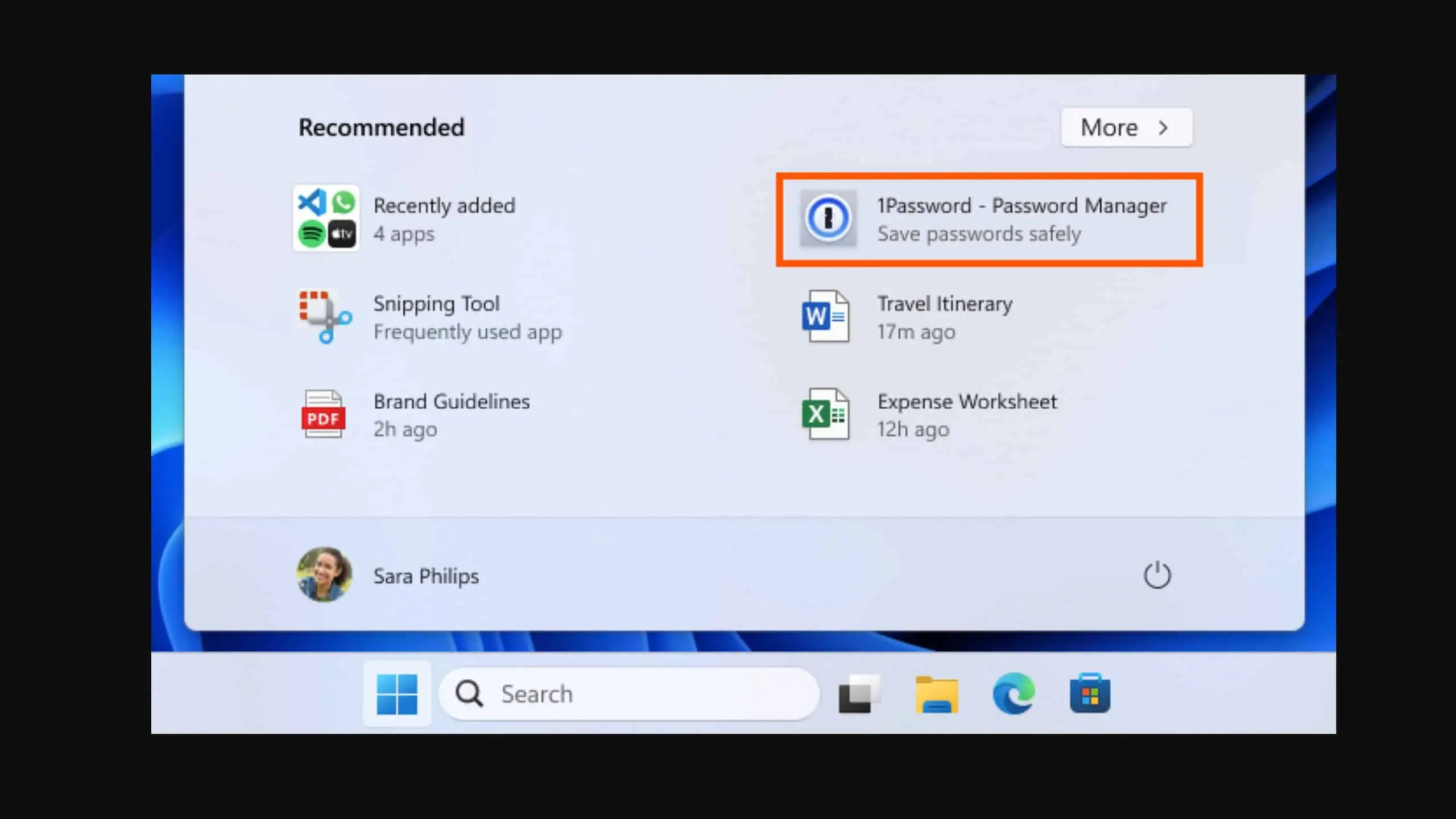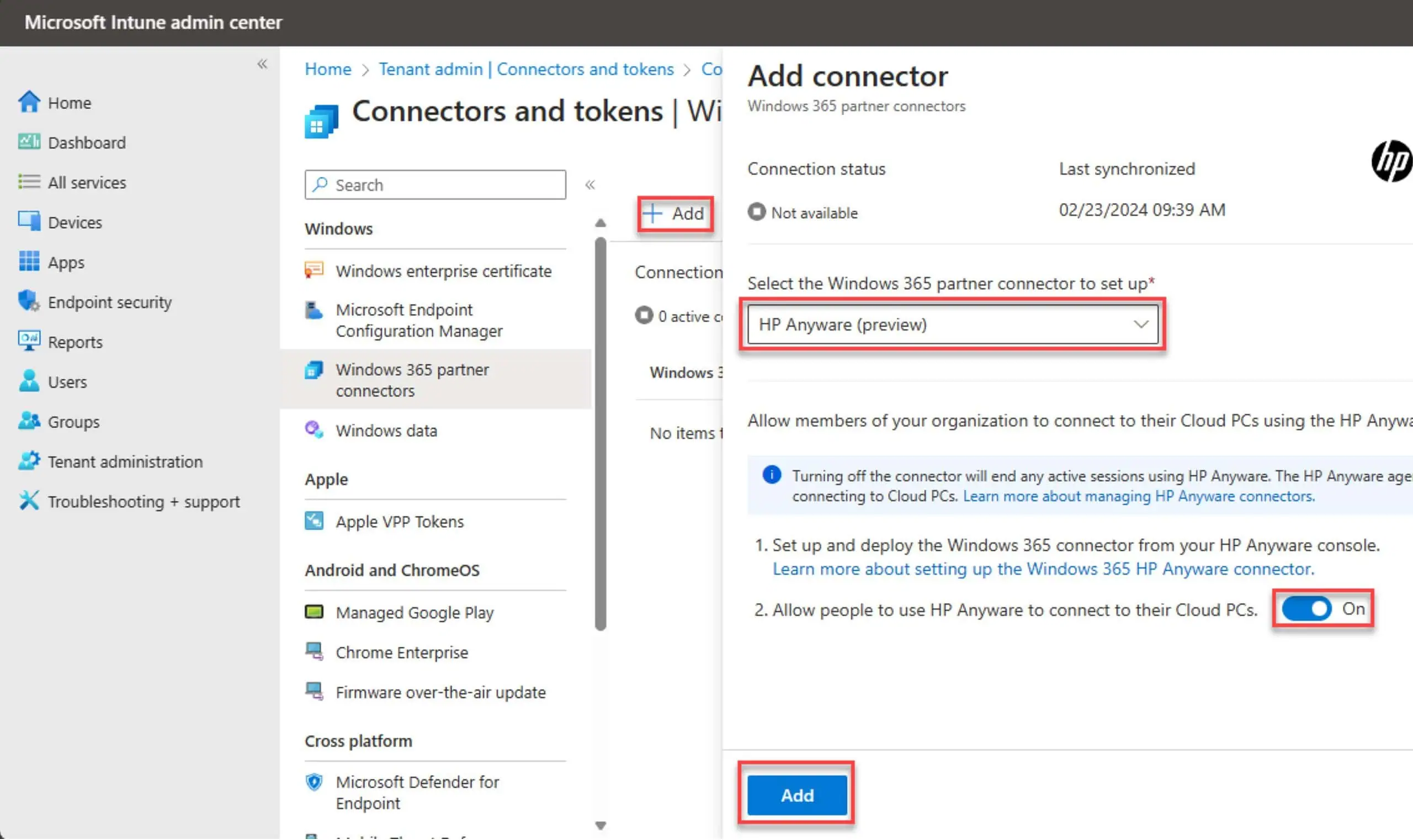Microsoft Planning To Use Switchable Magnetic Locks In Smartphones, Laptops And Others
3 min. read
Published on
Read our disclosure page to find out how can you help MSPoweruser sustain the editorial team Read more
A recent patent filing from Microsoft reveals a new switchable magnetic lock mechanism that could be used in smartphones, laptops and others. Find the excerpt from the patent below.
Current solution followed by various OEMs:
Many computing devices have movable and removable parts and peripherals. A smart phone may include a stylus. a laptop a hinged display. a tablet computer a battery charger. or a portable audio player a docking station, to name just a few. Current techniques often fix these parts and peripherals to their computing devices using mechanic connectors, such as latches, sliding tabs, and so forth. These mechanical connectors, however, often fail to provide a satisfactory design because they have objects that jut out or holes that pierce the computer body, part, or peripheral. Examples include exposed latches, latch holes, tabs hooks, and tab reception detents, to name just a few.
Some techniques have attempted to address this failure in design through electromagnets or permanent magnets. Electromagnets. however, are unsatisfactory due to their power requirements and low magnetic force. Current techniques that use permanent magnets do not suitably fix the computing device to the part or peripheral or, if they do, require excessive force to separate the computing device from the part or peripheral.
SWITCHABLE MAGNETIC LOCK:
This document describes techniques using, and apparatuses including, switchable magnetic locks. These techniques and apparatuses can enable locking and unlocking of parts and peripherals with low or no power consumption and a seamless design. Consider, for example. a current laptop computing device having an integrated body and display. The body and the display are connected with a hinge allowing the display to rotate to and from the body. On closing the display to the body.
The display is locked to the body with latches. To open the laptop. this locking system typically requires the user to find one or two latch-release slides and then manually operate the slides while pulling the display from the body. Thus, this design may require a user to operate manual controls and includes two latches that jut out from the display, two latch-holes that pierce the body, and latch-release slides that also jut out from either the display or body.
The described techniques and apparatuses. how ever, enable a switchable magnetic lock to be used. Assume that instead of the above latch locking system. a laptop includes a switchable magnetic lock. In this case, on closing the display to the body a controller in the laptop senses the proximity of the display to the body. activates an actuator effective to cease a null state of a permanent magnet and instead direct the permanent magnet magnetic field to a magnetically peniwable material in the display. By so doing the display is drawn to the body and locked to the body. The controller then ceases to use power, as the magnetic circuit does not require power to be maintained.
Source: USPTO









